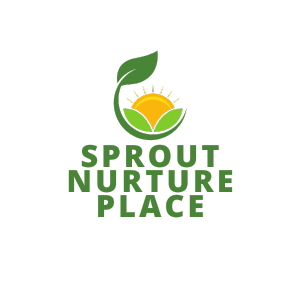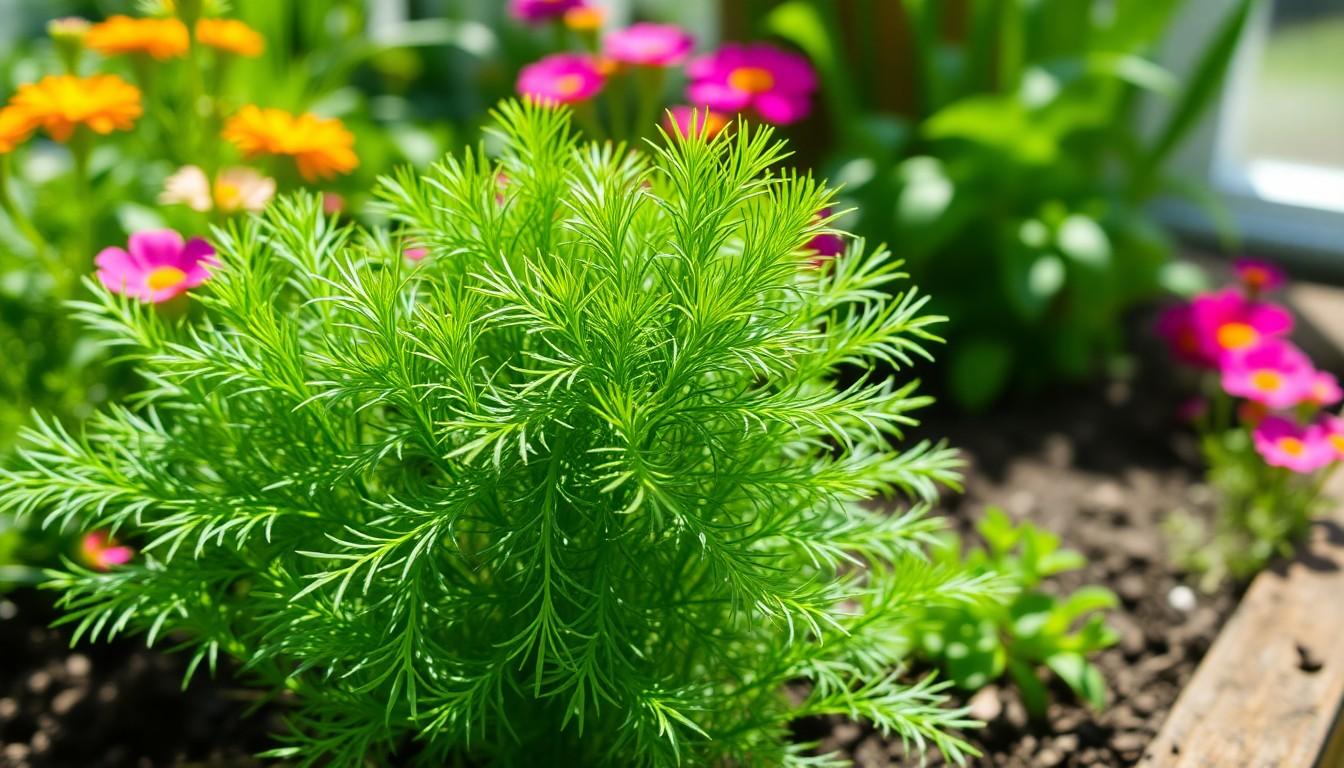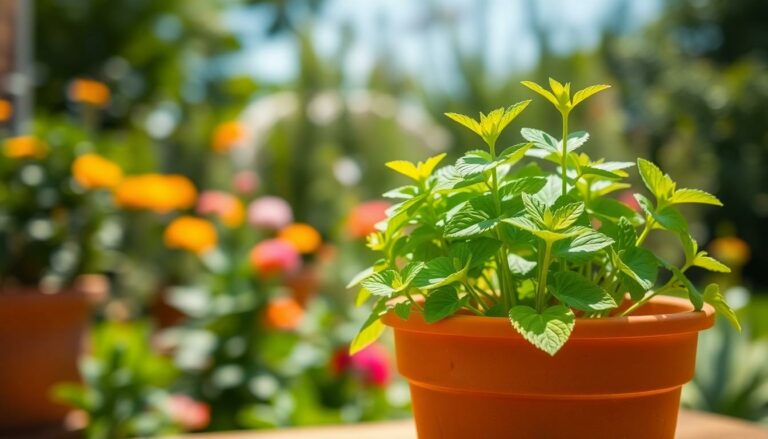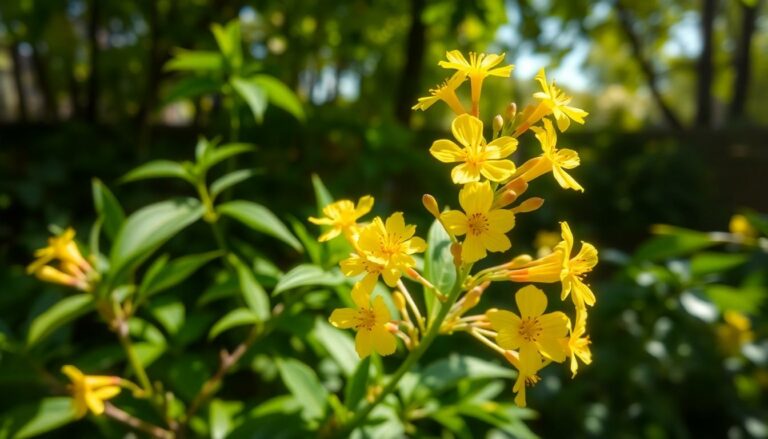If you’ve ever tasted a pickle, you know that dill is the secret sauce behind that delicious tang. But growing this aromatic herb isn’t just for the culinary elite; anyone can cultivate a thriving dill plant with a little know-how. Imagine stepping into your kitchen and plucking fresh dill right from your windowsill or garden—now that’s a recipe for success!
Dill Plant Care
Dill (Anethum graveolens) is an annual herb known for its feathery leaves and aromatic seeds. This herb thrives in well-drained soil and full sunlight, ideal for home gardens. Dill’s dual-purpose nature enhances culinary dishes, serving as both a fresh herb and a spice when dried.
Farming dill is straightforward. Seeds germinate in 7 to 14 days, with optimal temperatures ranging from 60°F to 70°F (15°C to 21°C). Early spring and late summer are the best planting times. Mature plants can reach heights of 36 inches (90 cm), producing cluster-like yellow flowers that attract beneficial insects, such as pollinators.
Watering requires attention to soil moisture levels. Soil should remain consistently moist but not waterlogged. Fertilizing a few times during the growing season supports robust growth. Organic fertilizers, like compost, work well for providing essential nutrients.
Pest management is crucial for healthy dill. Common pests include aphids and spider mites. Regular monitoring and the application of organic insecticidal soap can reduce infestations effectively. Companion planting with herbs, such as basil and cilantro, deters pests and enhances flavor profiles.
Harvesting occurs when the leaves grow lush and vibrant, typically 2 to 4 months after planting. Cut leaves only as needed, allowing the plant to continue growing. The seeds can also be collected once they turn brown and dry on the stem.
Dill serves not just as a culinary ingredient but also offers health benefits. Rich in vitamins A and C, it provides antioxidant properties. Incorporating dill into meals contributes both flavor and nutrition, making it a valuable addition to any kitchen garden.
Ideal Growing Conditions
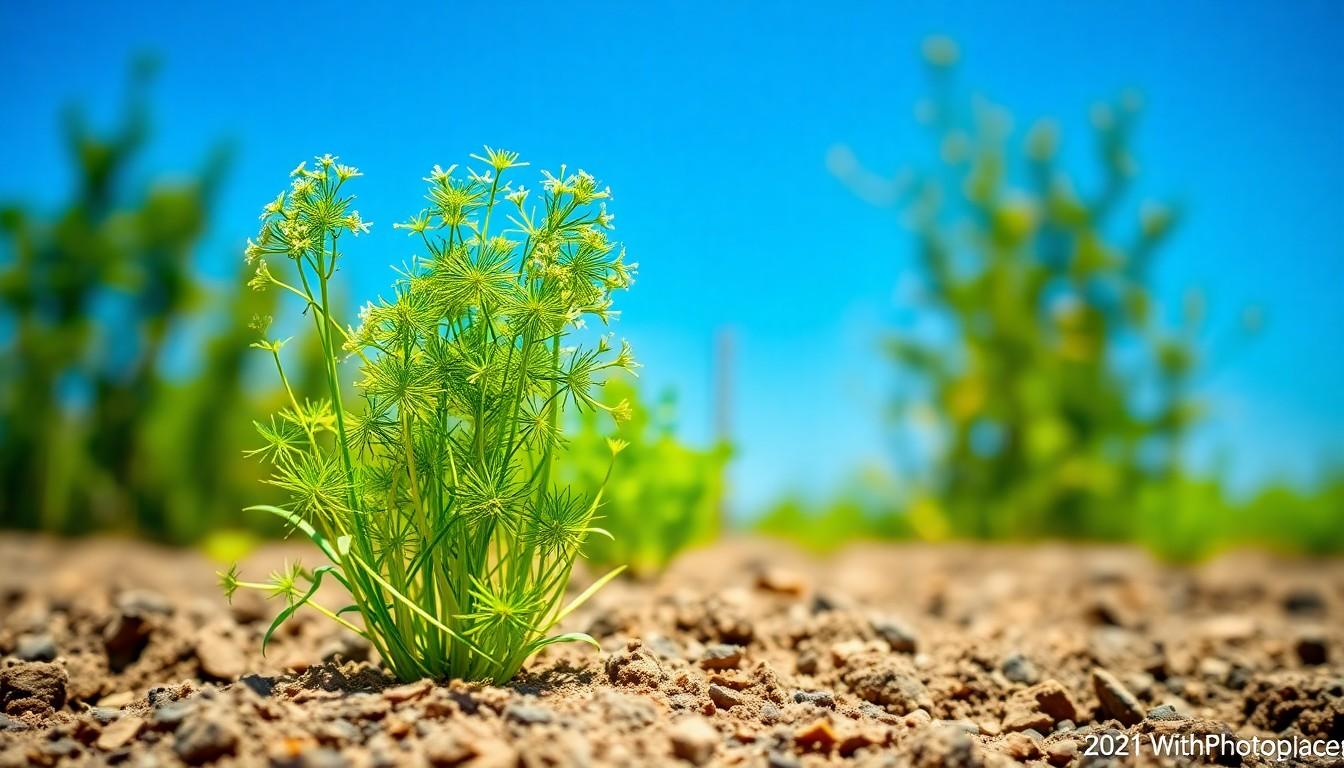
Dill thrives best under specific environmental conditions that support its growth and development.
Soil Requirements
Dill prefers well-drained soil with a pH level between 6.0 and 7.0. Loamy or sandy soil provides the best drainage. Organic matter enhances soil fertility and aids in moisture retention. Ensuring the soil is free from weed competition promotes healthier plant growth. Regular soil testing helps maintain optimal conditions, allowing the dill plant to flourish.
Sunlight and Temperature
Full sunlight is crucial for dill, requiring at least 6 to 8 hours of direct light daily. Temperatures between 60°F and 70°F encourage healthy growth. Exposure to colder temperatures can slow down germination and stunt growth. Hot environments above 80°F may lead to bolting, producing flowers and seeds prematurely. Finding a balance in sunlight and temperature ensures robust and flavorful dill production.
Planting Dill
Planting dill can be straightforward and rewarding. Start by selecting high-quality seeds for the best results.
Seed Selection
Choosing seeds carefully ensures a robust dill plant. Look for varieties best suited for culinary purposes, such as ‘Bouquet’ or ‘Delicate Dill.’ Opt for organic seeds to promote healthy growth. Examine seed packets for information on germination rates and planting recommendations. Selecting seeds with good provenance often leads to stronger plants. It’s crucial to assess the harvest time, as some seeds mature faster than others. High germination rates, often around 80% to 90%, indicate better seed quality.
Planting Techniques
Planting dill effectively involves proper timing and technique. Start sowing seeds directly in the garden once soil temperatures reach 60°F. Plant seeds 1/4 inch deep and space them about 12 inches apart. Rows should track 18 to 24 inches apart, allowing ample room for growth. Ensure the site receives full sun, providing at least 6 to 8 hours of light daily. Water gently after sowing, keeping the soil moist until seedlings emerge, usually within 7 to 14 days. Thinning seedlings once they reach a few inches helps promote healthier growth by reducing competition.
Dill Plant Maintenance
Proper maintenance is essential for healthy dill growth. Focusing on watering and fertilization ensures robust plants and flavorful harvests.
Watering Guidelines
Watering requires consistency. Dill needs moderate moisture, so it’s crucial to water deeply when the top inch of soil feels dry. Overwatering leads to root rot, while underwatering causes wilting. During dry spells, keep an eye on moisture levels and adjust accordingly. In general, aim for 1 inch of water weekly, adjusting based on rainfall. Utilizing a drip irrigation system or soaker hose can enhance efficiency by delivering water directly to the roots, minimizing evaporation.
Fertilization Tips
Fertilization supports robust plant health. Organic options like well-rotted compost or a balanced fertilizer can enhance growth. Applying fertilizer every four to six weeks promotes healthy foliage. Choose a slow-release formulation to avoid excessive nitrogen, which may lead to leggy plants. Before planting, incorporate compost into the soil to improve nutrient availability. Monitoring plants for signs of nutrient deficiency, such as yellowing leaves, helps maintain optimal growth conditions.
Pest and Disease Management
Dill plants can face various pests and diseases that impact their growth. Managing these issues effectively ensures healthy plants and rich harvests.
Common Pests
Aphids frequently infest dill plants, sucking sap and causing leaf curling. Spider mites also pose a threat, creating visible webbing and stippling on foliage. Additionally, caterpillars such as the cabbage looper may chew through leaves, leading to significant damage. Thrips, small insect pests, can cause discoloration and distortion of leaves as well. Monitoring for these common pests helps maintain dill plant health.
Preventative Measures
Implementing preventative measures protects dill plants from pests and diseases. Maintaining proper spacing between plants encourages airflow, reducing humidity that fosters disease. Using organic pesticides, such as insecticidal soap or neem oil, offers a natural defense against infestations. Regularly inspecting plants for signs of damage or pests allows for early intervention. Practicing crop rotation minimizes the risk of recurring pest problems in subsequent growing seasons.
Harvesting and Usage
Dill can enhance a variety of dishes. Harvesting occurs when leaves are at their most flavorful, typically before flowering starts. Cut the leaves to stimulate new growth, ensuring a continuous supply. For seeds, wait until they turn brown and dry on the plant, usually late summer to early fall. Use scissors to snip seed heads for easy collection.
Culinary applications of dill are vast. Chefs and home cooks alike appreciate its presence in salads, soups, and pickles. Dill pairs well with fish, especially salmon, and enhances yogurt-based sauces. Fresh dill imparts a more vibrant taste compared to dried, making it preferable for immediate usage.
Nutritional benefits of dill add to its appeal. The herb is rich in vitamins A and C, which support overall health. Antioxidant properties contribute to combating free radicals in the body. Incorporate dill into meals not just for flavor but also for added health advantages.
Storing freshly harvested dill preserves its flavor. Wrap dill in a damp paper towel, then place it in a plastic bag in the refrigerator for up to a week. For longer storage, consider freezing the leaves. Chop and place them in ice cube trays with water, creating convenient portions for future use.
Utilize both leaves and seeds for maximum benefits. Dill seeds can infuse oil and vinegar, imparting unique flavors to dressings and marinades. Flavors deeply enhance pickling processes, making dill an essential ingredient in homemade pickles and vinegar-based condiments.
Knowing how to effectively harvest and use dill transforms meals into delightful culinary experiences. Incorporating this herb consistently enhances flavor profiles while offering significant health benefits.
Growing A Dill
Growing dill at home is a rewarding experience that brings both culinary delights and health benefits. With its easy care requirements and rapid growth, anyone can enjoy the satisfaction of harvesting fresh dill. By providing the right conditions such as well-drained soil and ample sunlight, gardeners can cultivate this aromatic herb successfully.
Regular maintenance including proper watering and organic fertilization will ensure robust plants. Additionally, keeping an eye out for common pests will help protect the dill’s vitality. Whether enhancing dishes or preserving it for later use, dill proves to be a versatile herb that elevates any kitchen. Embracing dill plant care opens the door to a flavorful and healthy addition to home gardens.
